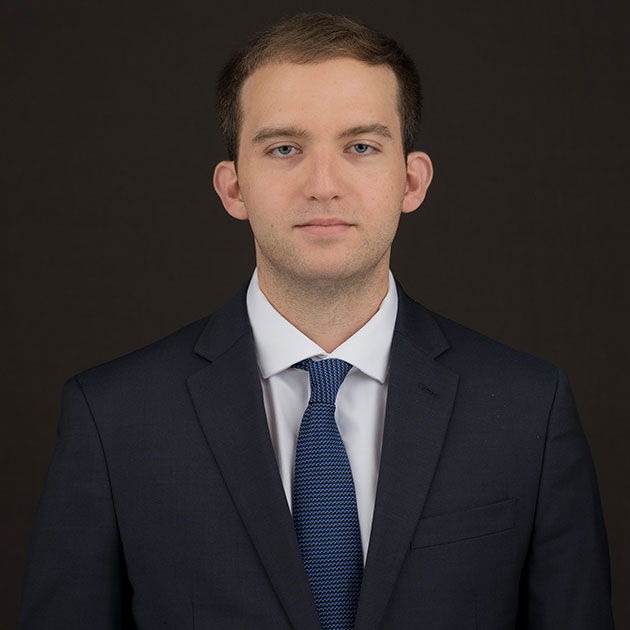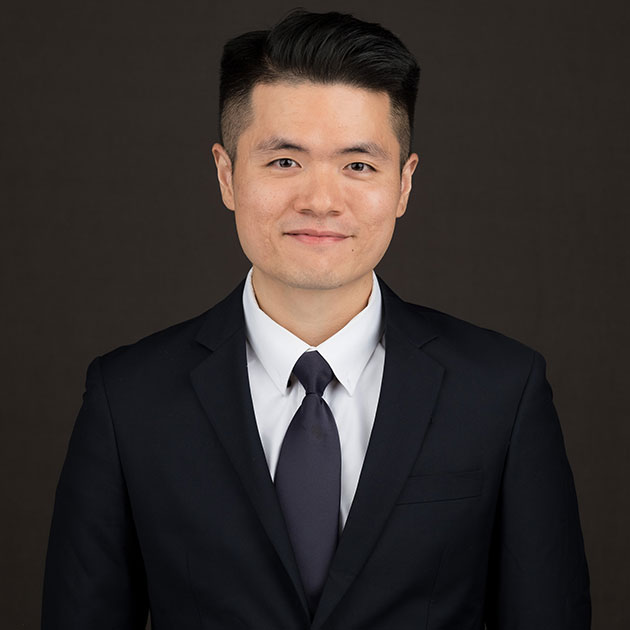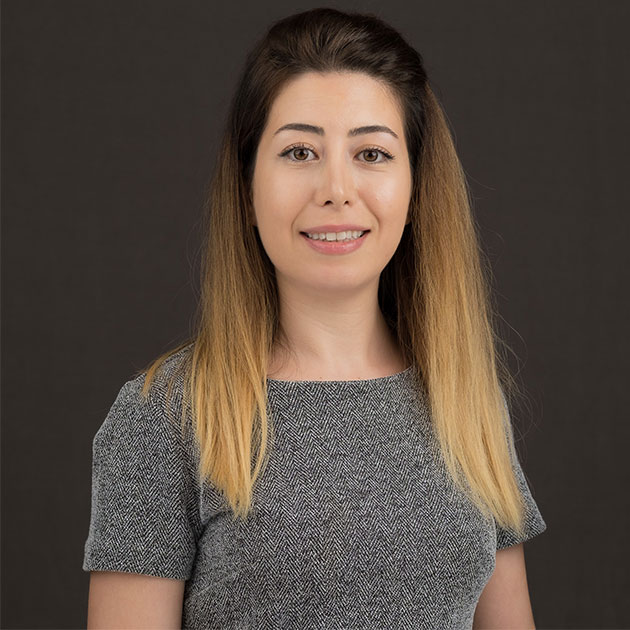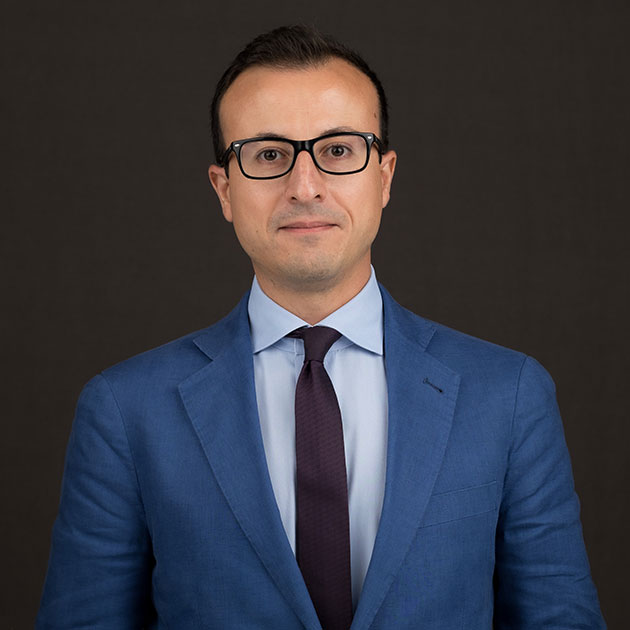
I wanted to present a three-part series that introduces intellectual property basics. Part 1 in this series covers the basics of patents. Please remember that this information is gathered from experience in working with startups, patent attorney, and university technology transfer offices. The information below in no way represents a comprehensive view of intellectual property law. For more information, please consult an intellectual property attorney.
Patents
Are patents necessary?
Patents are often mistaken as the only type of intellectual property and often are deemed as either more or less valuable to an organization than they actually are. For some, patents are the underlying basis for all of their technical claims and are believed to be the foundation for a company. For others, they are viewed as a nuisance, time wasting and too costly to pursue. The truth, it depends on the context!
are the types of patents?
The U.S. Patent and Trademark Office (USPTO) recognizes three main types of patents: utility, design and plant.
Utility patents are the most common and, more often than not, what most people understand a patent to be. A utility patent is relatively self-explanatory; it is a patent that covers a unique utility or application. There are five core categories of utility patents: a process, a machine, a manufacture, a composition of matter or an improvement of an existing concept. Utility patents are valid for 20 years from the date of file.
Design patents are less common than utility patents but are still a major portion of the issued patents in the USPTO database. A design patent covers a unique design such as a chair, shoe or type of clothing. The life of design patents is somewhat dissimilar from utility in that their life is 14 years post-issuance.
Plant patents are perhaps the least common (in many circles) as they focus on the development of asexually or sexually reproducible plants that are new and not obvious. Plant patents are similar in life to utility patents as they also survive for 20 years from the initial application file date.
What is the difference in a provisional and non-provisional patent application?
A non-provisional patent application is, in essence, a standard patent application. It begins the long, costly process of getting a patent issued that can take anywhere from two to five years. Provisional patents, on the other hand, are a quicker, safer and much more cost-effective means to initiating the patent process. Provisional patent applications allow for beginning the patent process by laying out initial claims and your summary of invention by filing with the USPTO and paying a small fee. This puts your patent into the process and allows you one year to complete your full patent application (non-provisional). Regardless of whether you file a provisional or non-provisional patent, your patent application will become published 18 months from the file date, unless you file for a “nonpublication” request.
Stay tuned for Part 2 in the series. It covers copyrights, trademarks and trade secrets.





